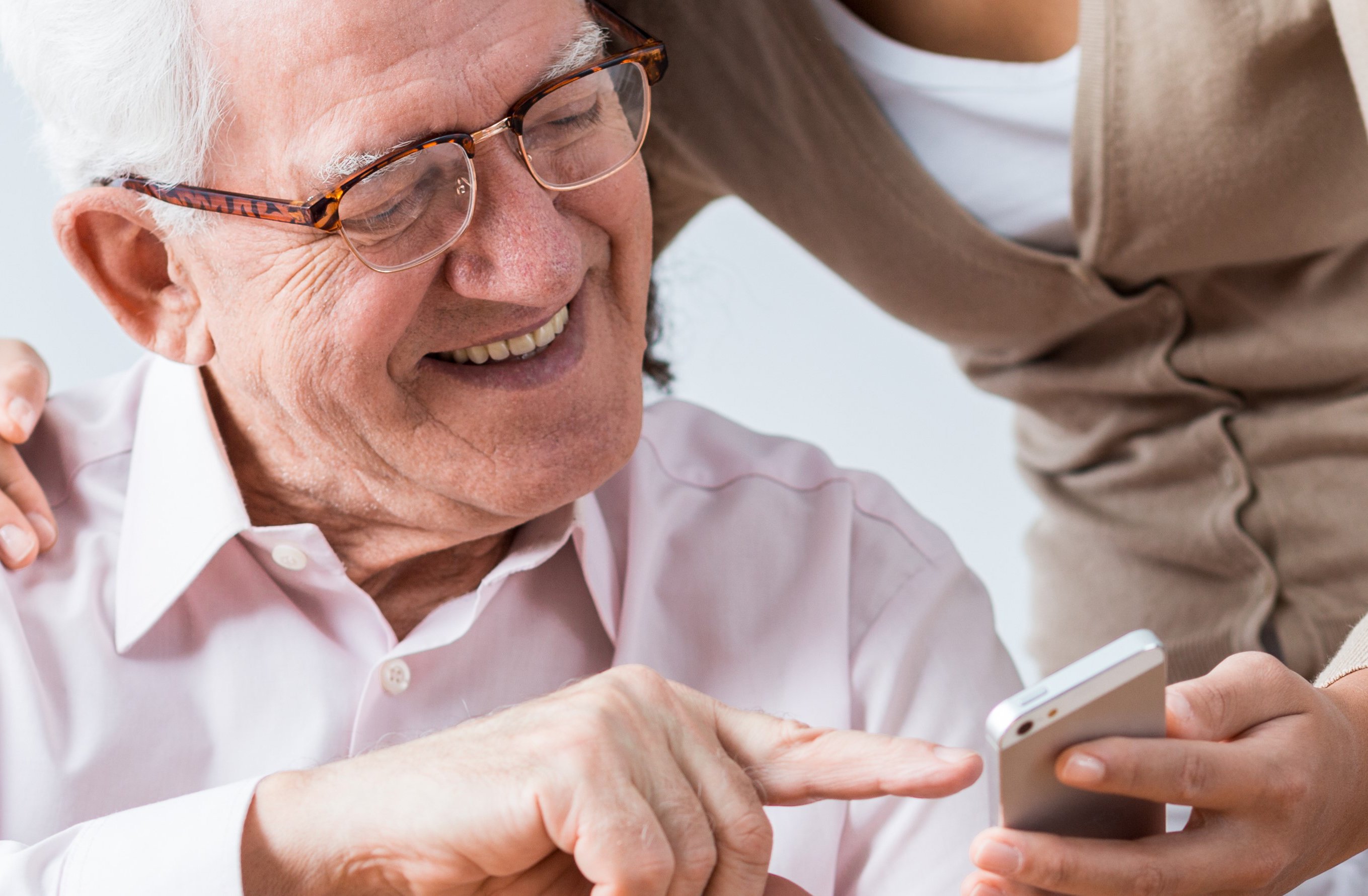

By Cegedim Healthcare Solutions
On Oct 6, 2020
Read time
3 minutes
SMS is the Mode of Patient Communication for Barclay Medical Practice
Achieving fast, effective patient communication became essential during the early days of the Covid-19 pandemic. For Barclay Medical Practice in Scotland, its extensive use of SMS text messaging was not only key to providing rapid Covid-19 specific patient communication but delivers time and cost savings, streamlines the annual flu jab reminder notices, speeds up the provision of test results directly to the patient upon request and encourages positive patient feedback.
“SMS is our main source of communication with patients – it is so much quicker and more effective than sending a letter or phoning,” says Alex Watson, Practice Manager.
Introduction
In common with many GP practices, for three surgeries within the Barclay Medical Practice – East Craigs, Fauldhouse and Livingston - the adoption of SMS as a means of patient communication was initially targeted at reminding patients of forthcoming appointments for chronic disease management and routine checks such as cervical smear tests. With appointments lasting up to 30 minutes, any patients not attending resulted in significant wasted time for nurses.
In addition to an immediate reduction in DNAs, two-way SMS texting also enables patients to cancel appointments – the cancellations are automatically updated within the Shared Appointments module, freeing up appointments slots for other patients.
“In the past, patient reminders were sent via letters – which took time to create and cost 60 pence per letter,” explains Alex Watson. “Using SMS, we just create a group and send a text to each patient with a registered mobile phone number – the system highlights everyone left who we can then contact via letter.”
In addition to improving attendance rates, this ease of patient communication encouraged the practice to extend the use of SMS significantly.
Default Communication Method
SMS is now Barclay Medical Practice’s primary mode of patient communication – from providing test result notifications directly to the patient to reminders from the clinical pharmacist that a patient is due a medication review. For the on-call doctor, the previously time consuming job of updating patients on test results – via telephone or letter – has been replaced with SMS, direct from Consultation Manager.
“SMS is saving the on call doctor about five minutes per patient,” Alex Watson confirms. “In the past they had to get a letter written with the test results or attempt to telephone the patient to discuss the results. Now within seconds, the doctor can send an SMS from Consultation Manager, either confirming the results are fine with no further action required or requesting the patient makes a follow up appointment. It is simple, straightforward and fast.”
In addition to saving GP time, this process offers patients the option to receive their results quickly via SMS text, easing their concerns and reducing the number of calls to reception from patients worried about test results.
Routine Communication
The practice also uses SMS for day to day patient communication – from flu vaccination reminders to SMS questionnaires. In 2019, 15,000 patients across all three practices were invited for their flu jabs via SMS – a stark contrast to the previous approach, where the practice had to employ an individual for two days specifically to fold and stuff envelopes and frank the letters.
Creating a number of different patient groups, messages were customised to provide different appointment time options. “The time and cost saving of sending flu jab reminders via SMS are significant,” he says.
With the larger numbers due to be included in this year’s flu vaccination process, as part of the policy to reduce the likely demand on the NHS this winter, the practice will again leverage the SMS option.
Patient Response
One of the most positive aspects of the use of SMS is the patient response, with patients across the board generally interacting more with the practice in response to an SMS than letters. For example, Barclay Medical Practice also uses SMS to send out surveys, from health questionnaires to surgery feedback, providing patients with links to the surveys online.
“Following our ‘patient first’ approach, we use surveys to ask patients both for feedback on the practice and for their input and ideas,” Alex Watson confirms. “We get a really good response from patients of all ages, including the younger patients who prefer to communicate via the phone.”
Throughout the Covid-19 pandemic, the practice used SMS extensively to update patients on the situation, providing direct links to its website to ensure every patient was aware of changes to appointments and the introduction of telephone triage. Patients were also encouraged to go online to update their contact details, to ensure the correct mobile phone records were held.
With reception staff also checking details with each patient, the practice is continually expanding the number of patients that can be contacted via SMS. As Alex Watson confirms, SMS – and the fact that patients are already familiar with the practice’s use of SMS - was a godsend during the early days of the pandemic, “We simply could not have contacted all of these patients without SMS,” he says.

